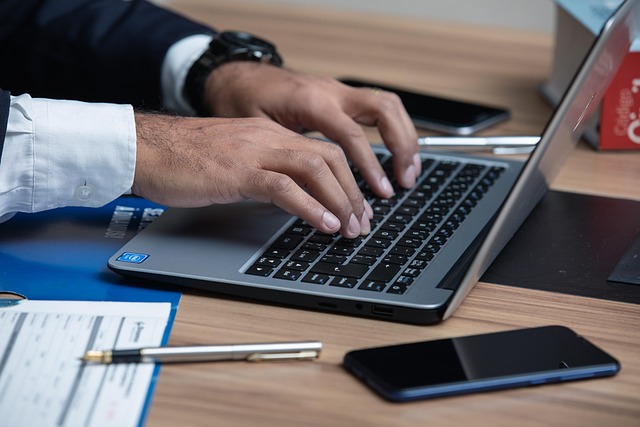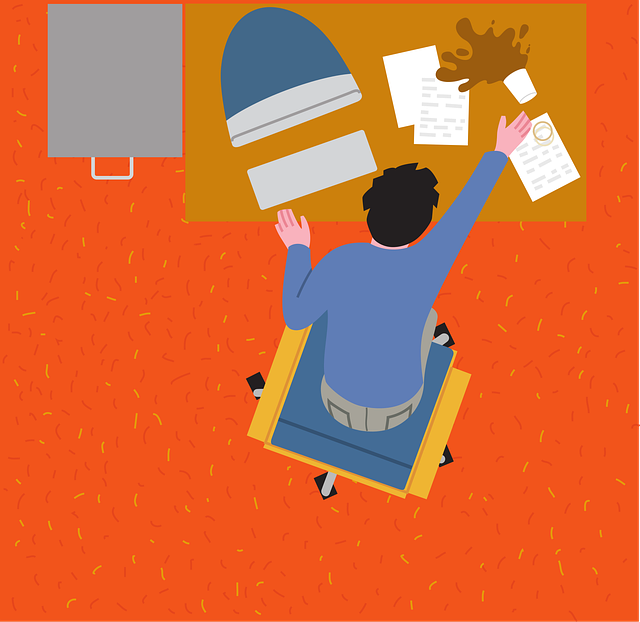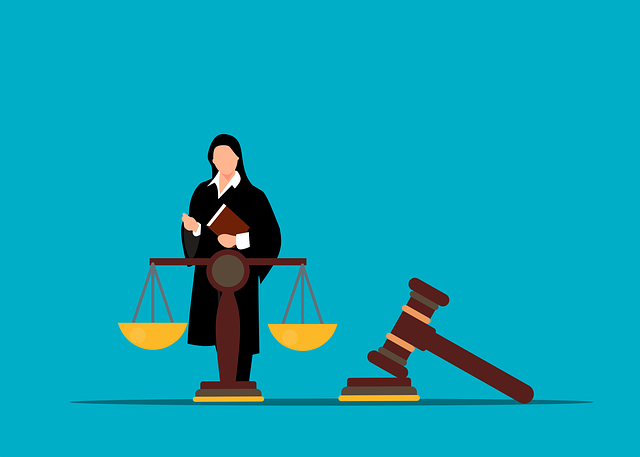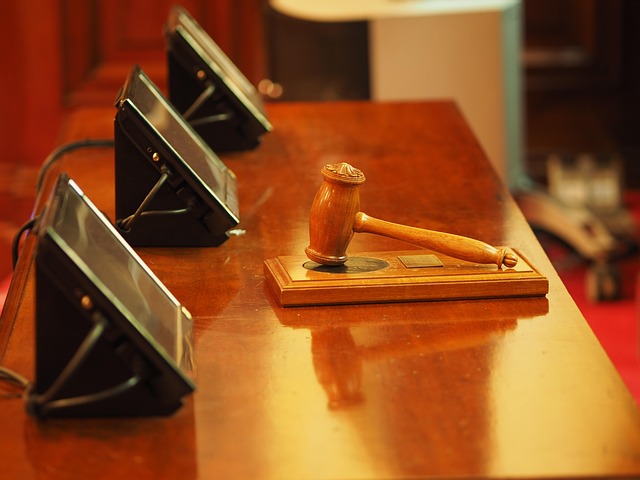After a bicycle accident, immediate medical attention and thorough documentation are key. Take photos of injuries, gather medical records, and document the scene for a strong bicycle accident insurance claim. This evidence aids in resolving disputes and ensuring you receive adequate compensation, especially with legal support from a personal injury specialist.
After a bicycle accident, it’s crucial to follow a comprehensive checklist to ensure you protect your health and rights. This guide navigates the essential steps after a bike crash, focusing on bicycle accident insurance claims. From assessing injuries and gathering evidence like photos and witness details, to contacting insurers and understanding your claim process rights, this checklist equips you to manage the situation effectively. Master these steps to secure fair compensation for medical bills, property damage, and pain and suffering stemming from your bicycle accident insurance claim.
- Assessing Your Injuries and Gathering Evidence
- – Documenting physical injuries and medical treatment received
- – Taking photographs of the accident scene and damage to bicycle, vehicle, and surroundings
Assessing Your Injuries and Gathering Evidence
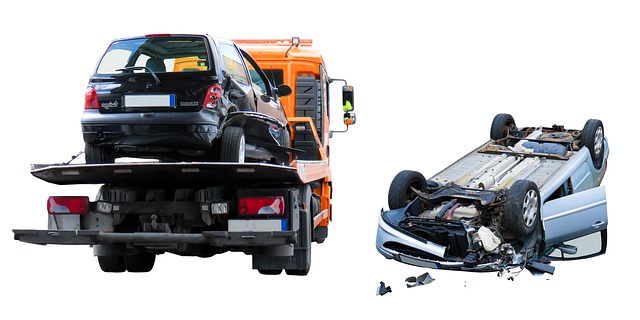
After a bicycle accident, assessing your injuries is the first crucial step. It’s essential to immediately seek medical attention for any perceived or actual injuries. This documentation is vital for your bicycle accident insurance claim, as it provides concrete evidence of your losses and can help speed up the claims process. While in the hospital or after consulting a doctor, make sure to ask about any necessary tests or imaging that could support your case.
Gathering evidence is another key component. Take photos of the accident scene, including any visible damage to your bike and any evidence that might indicate liability, like skidded tires or broken traffic signals. Keep records of all medical bills, prescriptions, and doctor’s notes related to your injuries. These documents could be instrumental in resolving contract disputes or even cases of medical negligence. While dealing with insurance companies, don’t hesitate to consult a legal professional specializing in personal injury cases, especially if you suspect a truck accident.
– Documenting physical injuries and medical treatment received

After a bicycle accident, documenting your physical injuries and the medical treatment you receive is a crucial step in the process of filing a successful insurance claim. Take photos of any visible wounds or bruises; keep detailed records of all doctors’ visits, including dates, diagnoses, and treatments prescribed. This documentation not only serves as evidence of your injuries but also helps establish the extent of your suffering and the necessity of medical care.
It’s important to remember that in a bicycle accident insurance claim, you have legal rights protected by the fiduciary duty of your insurance provider. If you encounter any partnership disagreements or feel that your claim is being handled inadequately, consulting with an auto accident attorney could be beneficial. They can ensure your rights are respected and help navigate any complexities that may arise during the claims process.
– Taking photographs of the accident scene and damage to bicycle, vehicle, and surroundings

Documenting the scene of a bicycle accident is crucial for supporting your insurance claim. Take clear and detailed photographs of the location where the incident occurred, capturing the entire surroundings, including any visible damage to both your bike and the vehicle involved. Also, snap pictures of any injuries you sustained, as these visual aids can serve as compelling evidence when submitting your bicycle accident insurance claim.
Additionally, document any damages to nearby properties or infrastructure. This step is important for potential compensation beyond medical expenses, such as repairs to your bicycle or reimbursement for lost belongings. Remember, the more comprehensive and organized your documentation, the smoother the claims process will be, ensuring a quicker resolution to your bicycle accident insurance claim.
When dealing with a bicycle accident insurance claim, assessing your injuries and gathering comprehensive evidence are crucial steps. By documenting physical harm and medical treatments, along with taking detailed photographs of the scene and damage, you can navigate the claims process more smoothly. These steps ensure that you have a robust case and increase the likelihood of a favorable outcome for your bicycle accident insurance claim.

